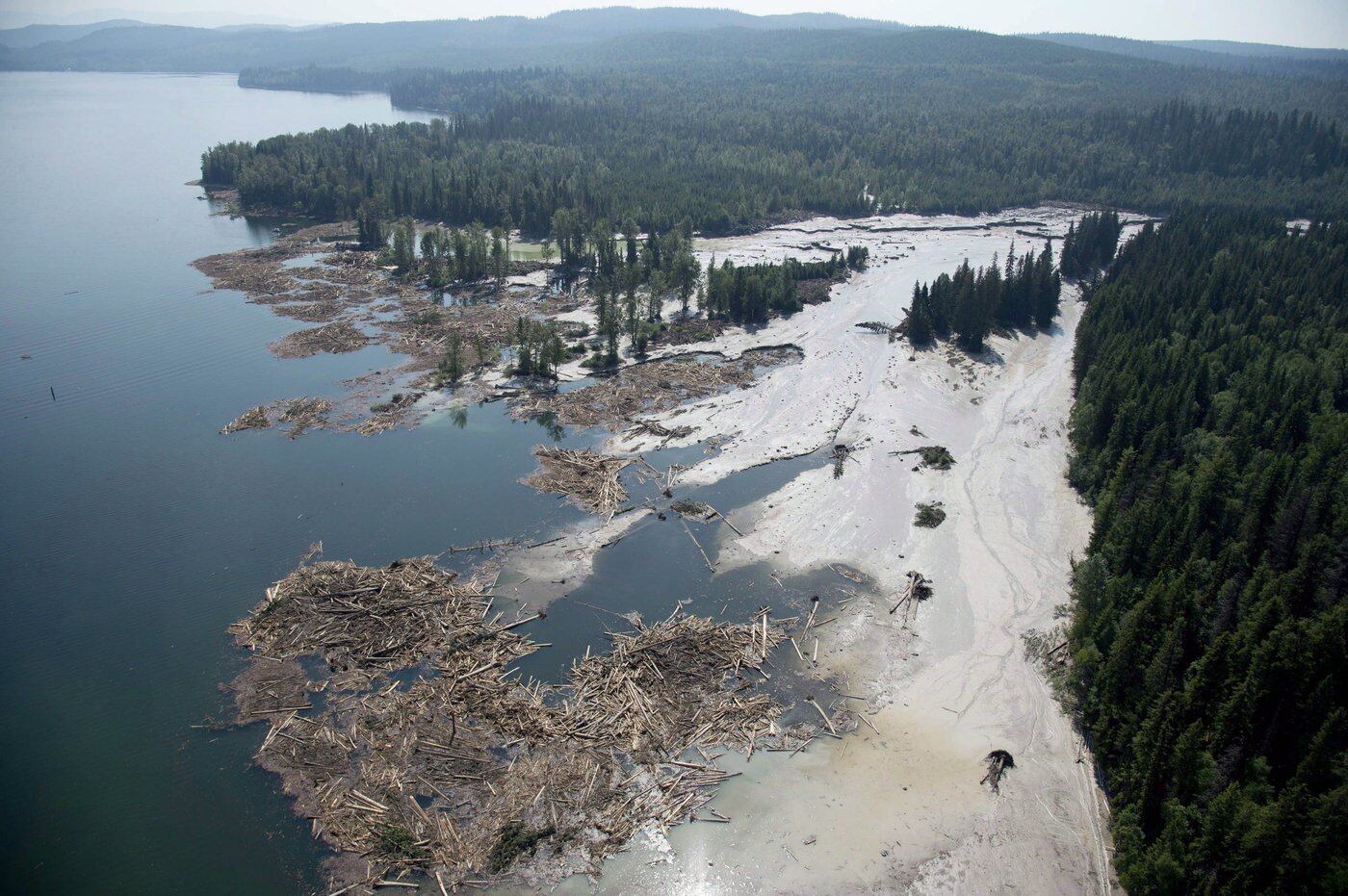The Xatśūll First Nation has filed an urgent injunction application in the Supreme Court of British Columbia to stop construction work at the Mount Polley mine. This construction involves raising the height of the tailings dam at the site, which was the scene of a major environmental disaster in 2014.
Background
Located in central British Columbia, the Mount Polley mine is infamous for one of Canada’s worst environmental disasters. On August 4, 2014, the mine’s tailings dam collapsed, releasing around 25 billion liters of contaminated water and slurry into nearby waterways, including Polley Lake, Hazeltine Creek, and Quesnel Lake.
The incident devastated the local environment and directly affected Indigenous communities, particularly the Xatśūll people, whose land, waters, and traditional ways of life were heavily impacted.
Legal Action by Xatśūll First Nation
On April 15, 2025, the Xatśūll First Nation filed a judicial review challenging the B.C. provincial government’s decision to allow the dam’s elevation without requiring a new environmental assessment. The Nation argues that this decision ignored legal obligations for thorough consultation under British Columbia’s Environmental Assessment Act and the United Nations Declaration on the Rights of Indigenous Peoples (UNDRIP).
After Imperial Metals, the parent company of Mount Polley Mining Corporation, refused to halt construction voluntarily, the Xatśūll filed the injunction application on April 25, seeking an immediate halt to all dam-raising activities pending the outcome of their legal challenge.
Positions of Imperial Metals and Government
Imperial Metals maintains that the current construction activities are part of the mine’s approved operations and insists they have consulted Indigenous communities, particularly noting support from the Williams Lake First Nation.
The B.C. government has so far stood by its original permitting decision, stating that regulatory requirements were met. However, they have refrained from commenting directly on the ongoing court case.
Broader Significance
The Xatśūll First Nation’s legal effort highlights ongoing challenges over Indigenous rights, environmental protection, and mining operations in Canada.
The case raises questions about how governments and resource companies balance economic interests with Indigenous sovereignty and environmental stewardship—especially in places already scarred by past disasters.
A Supreme Court hearing for the injunction is expected in early May 2025. The outcome could set a key precedent for Indigenous consultation requirements in resource development projects across British Columbia and beyond.

